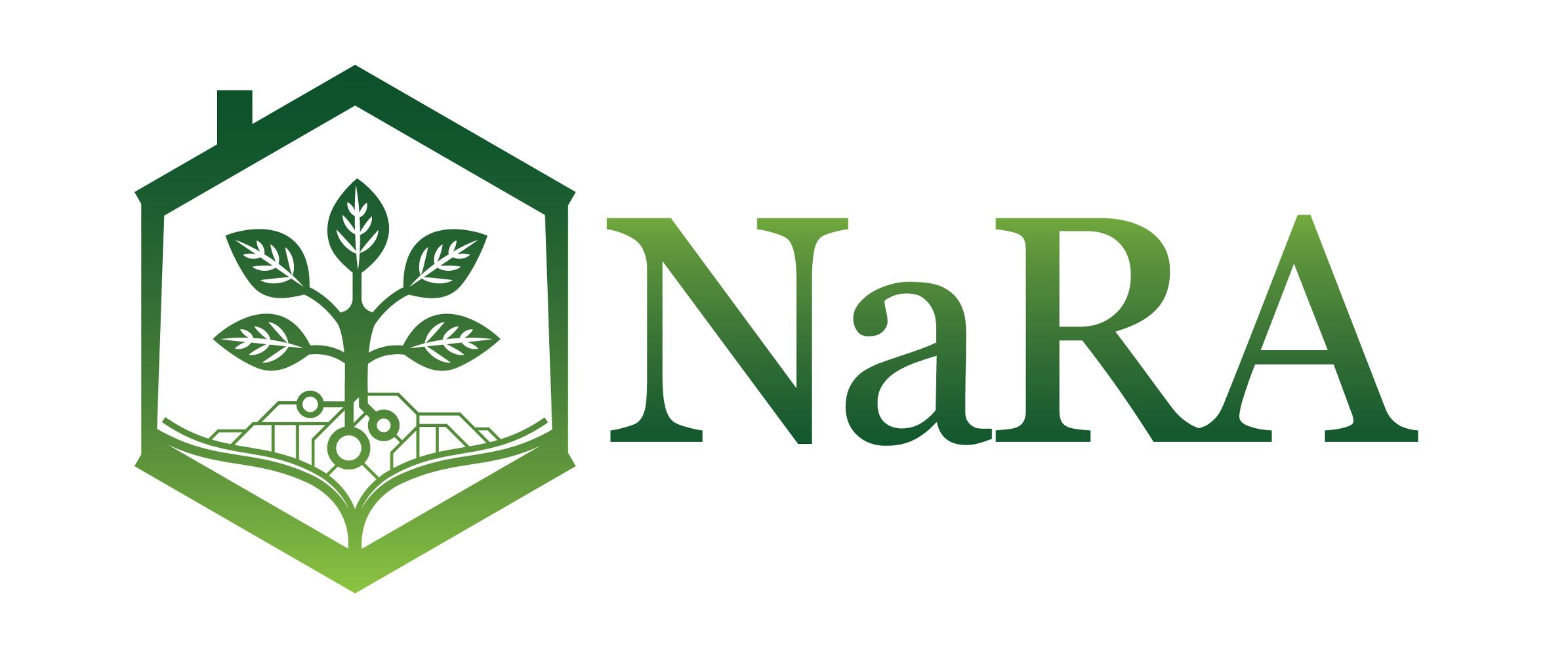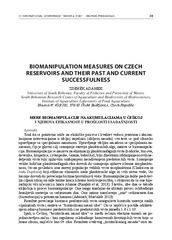| dc.description.abstract | The effort to positively influence ecological processes and water quality in lakes and reservoirs through interventions in a fish community (fish stock) is the subject of special-purpose fishery management. Special-purpose management of fish stock, whose main objective is to reduce the development of planktonic algae, is called biomanipulation. The biomanipulation principle consists in elimination of populations of planktonophagous species (roach, bleak, common bream, silver bream, rudd, common carp, gibel carp), be it by direct removal of these undesirable fish or by their suppression by means of stocking of predatory fish. Reducing the abundance of planktonophagous fish leads to limitation of their grazing pressure on zooplankton, subsequently, it allows the development of populations of large species of filtering zooplankton (cladocerans of the Daphnia genus) that effectively eliminate small planktonic algae from the water column, which is supposed to lead ultimately to increased water transparency. Biomanipulation thus represents targeted influencing of lower components of the food chain through fish, as they represent hierarchically higher component of the food chain (Randák et al. 2013). More appropriately, also benthivorous fish have been also included into subject of biomanipulation efforts as they may contribute considerably to the release of nutrients from bottom sediments due to their disturbance (bioturbation) when searching for food (Adámek, Maršálek 2013).
The result of an effort for increased biomass of predatory fish enabling the control of development of small cyprinid species is denoted as a “controlled fish stock”, usually consisting in keeping the ratio between predatory and non-predatory fish biomass ranging between 1:6 and 1:10.
In the Czech Republic, however, the „controlled fish stock“ is understood by the river authorities in a quite simplified way, just as a regular release of piscivorous species, mostly as a 0+ fish. Thus, as frequently proved, these measures did not bring results as expected. Nevertheless, as a matter of fact, the concentration of phosphorus as a key nutrient driving the development of the primary producers (i.e. cyanobacteria, algae and macrophytes), is usually very high in all Czech reservoirs. Due to excessive intake of phosphorus, the trophic level of surface waters sharply increases causing an undesirable development of planktonic algae and cyanobacteria, which finally results in deterioration of water quality.
It is necessary to realize that the efficiency of biomanipulation measures has certain limits that are defined mainly by supply of nutrients (or nutrient load) and morphology (depth) of the reservoir. If the nutrient load of a reservoir exceeds a certain limit, the biomanipulation loses its effectiveness – a significant and long-term reduction of planktonic algae biomass through controlled fish stock is hardly to be expected. Knowledge of the nutrient loading is therefore a necessary prerequisite for deciding on the possibility and suitability of conducting biomanipulation efforts in a concrete water reservoir.
An increase of water trophic potential to eutrophy (or even hypertrophy) is usually associated with two main issues - rich deposits of phosphorus in sediments along with a regular occurrence of anoxic conditions in the hypolimnion, and with high loading from external sources (inflow). With respect to deep, thermally stratified reservoirs, this external load should not exceed the value of 0.6 – 0.8 g of total phosphorus per m2 of the reservoir surface per year (Benndorf et al., 2002), if the biomanipulation measures are supposed to show significant improvements of water quality. With regard to shallow reservoirs and lakes, the maximum annual value of external load may amount up to 2 g of the total phosphorus per m2 of the reservoir surface (Jeppesen et al., 1990). If the external nutrient loading is lower than the recommended limit value and yet, the concentration of total phosphorus in the reservoir water is high, then it is a system with a large internal load that is presented by releasing of phosphorus from the accumulated sediments. If biomanipulation effort itself in shallow lakes (average depth of < 3 – 5 m) is to lead to significant improvement in water quality, the average annual concentration of total phosphorus should not exceed 100 - 250 mg.m-3 (Jeppesen and Sammalkorpi, 2002). The limit concentration of total phosphorus in relation to the effectiveness of biomanipulation in deep stratified lakes and reservoirs (average depth of > 5 – 10 m) has not been clearly defined by direct scientific studies yet, the limit value corresponding to average annual concentration of total phosphorus of 20 - 50 mg.m-3 is assumed (Jeppesen and Sammalkorpi, 2002; Mehner et al., 2004). If this phosphorus limit concentration is exceeded, it is necessary to supplement the biomanipulation measures with other, more complex approaches which are included in revitalisation campaigns.
The principal steps of a successful revitalisation project can be split up into three categories – (i) external loading reduction, (ii) internal loading reduction and (iii) management measures.
The reduction of external loading is probably the most important step which must come before any other measures are applied otherwise the whole effort is useless. It covers above all the construction of efficient water treatment plants preferably with phosphorus and nitrogen removal (tertiary treatment) in the reservoir catchment area, preventive anti-erosive and anti-flooding arrangements, and phosphorus precipitation on the inlet. The internal loading reduction consist in (at least partial) reservoir draining, subsequent liming of dry bottom, (at least limited) sediment removal, and nutrients and cyanobacteria precipitation. The latter can be considered also as a part of management measures which include also the aeration of hypolimnion associated with lake destratification, reduction of planktivorous and benthivorous fish (roach and bream in particular) biomass, most efficiently during the spawning season, biomanipulation (top-down) measures and cyanobacterial biomass harvesting from the water surface.
The wider spectrum of applied measures, the better chance for a success in the improvement of reservoir water quality. However, be in other way, it must be kept in mind, that the best effectiveness of foodweb manipulations and reservoir revitalisation may be obtained after reduction of external P loading below a certain threshold. | en |



